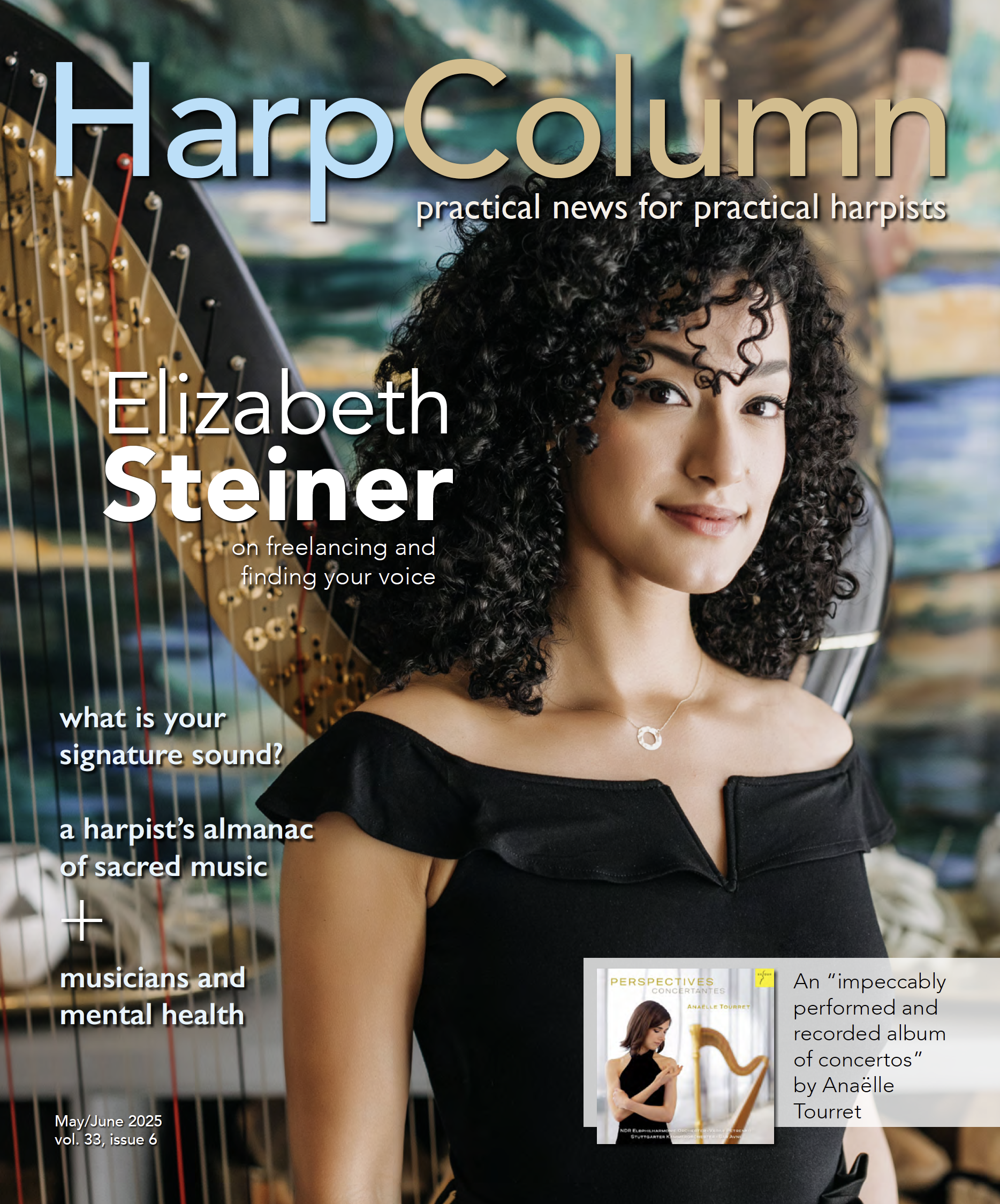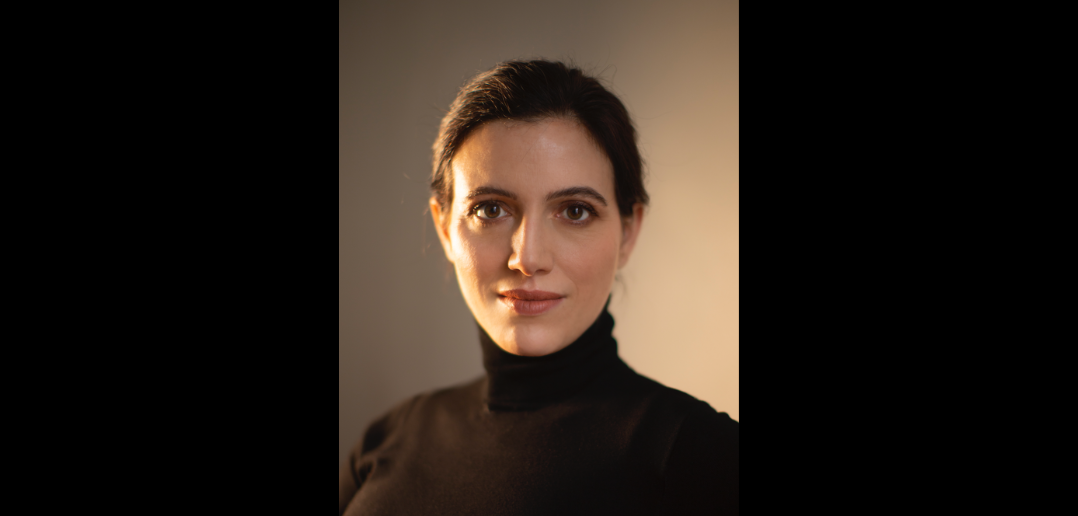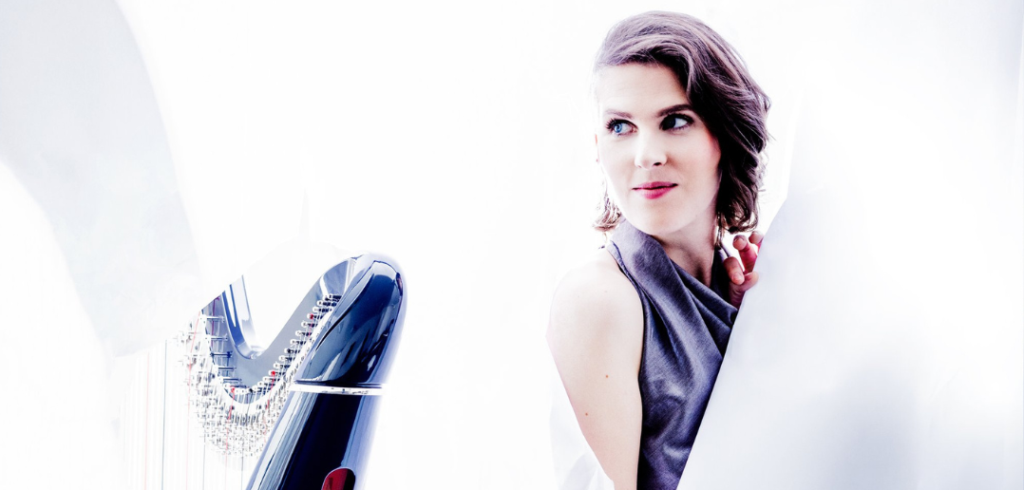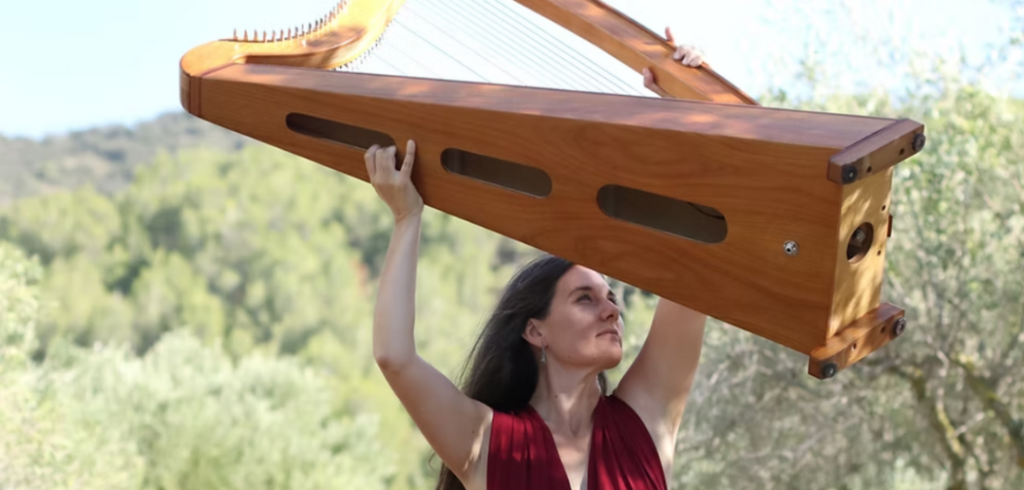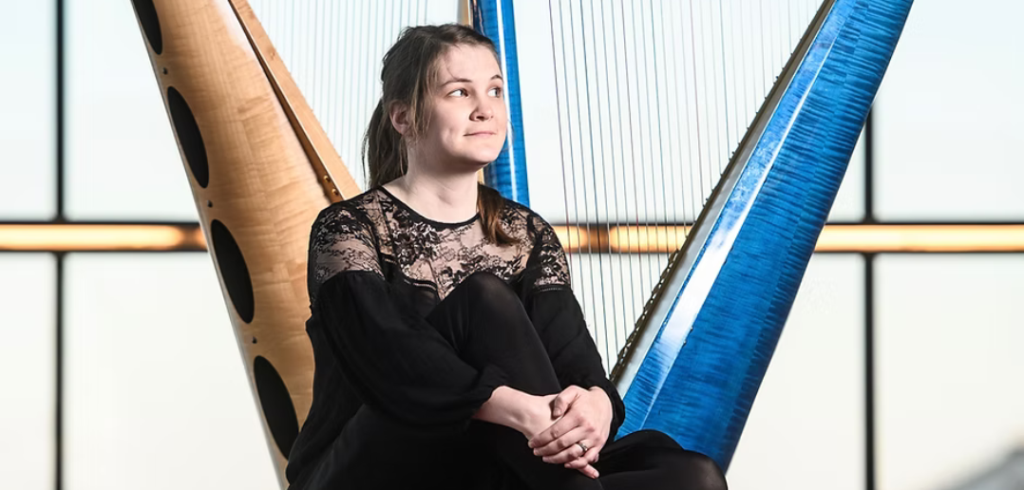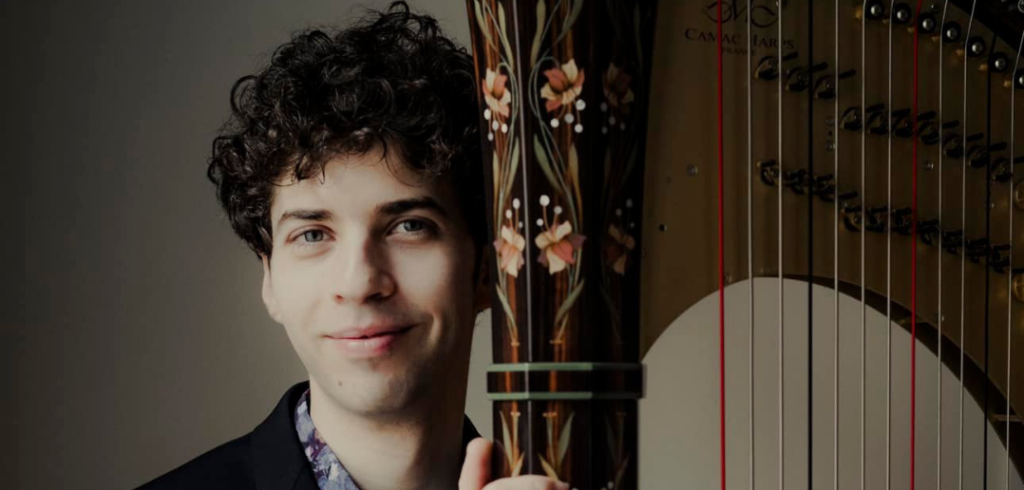Harpist Constance Luzzati’s first solo album is now available on the French record label Paraty. The album, titled Enharmonique, features her own transcriptions of Jean-Philippe Rameau’s works.
Luzzati is an alumna of the dual Sorbonne University and Paris Conservatory musicology and performance course, where baroque music first caught her interest. She says, “I enjoy playing continuo on early harps, but I didn’t want to change my own solo instrument.” For this reason, she chose to focus on transcribing 18th-century French baroque music for the modern pedal harp.
The French harpist says she finds Rameau’s works are relatively well-suited to the harp, not requiring as many adaptations as harpsichord pieces by his contemporaries. To decode the many details of baroque performance practice and ornamentation, Luzzati worked with the harpsichordist Kenneth Weiss as well as Paris Conservatory harp professor Isabelle Moretti.
Luzzati describes her exploration of baroque practice on the modern harp. “We train our gestures for years to do things like big arpeggios racing up and down the harp, but we struggle to play even small ornaments with the left hand. Baroque ornaments belong to all voices, and they are phrased and part of the melodic and rhythmic logic, so you can’t leave them out.
“The resonance of the modern harp is another tricky point. I think the clear timbre of the modern French harps is beautiful for this music, but you need to bring that out with specific techniques, like damping note-by-note while playing without losing the arc of the phrase.
“There are also stylistic questions like how to manage uneven rhythms, which are not like modern dotted rhythms,” she says. “All of this is possible, but it isn’t in our DNA, it’s not our mother tongue.”
Luzzati says that one of her motivations for transcribing is the opportunity for composers to hear old works in a fresh way, to be inspired by the harp’s potential, and to compose new works for today’s repertoire. She says, “I believe that transcription serves our instrument, and also expands the interpretive possibilities for the transcribed pieces themselves because it brings new colors and ways of listening to the [score].”
Learn more about Luzzati’s project on the Camac blog, or listen to the album on Spotify.




